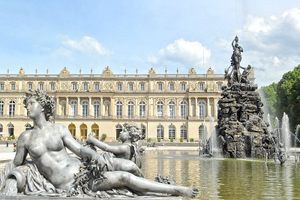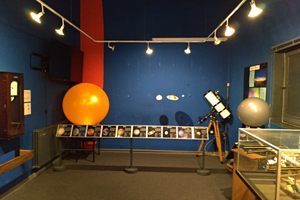About
An hour outside of Munich lies the sleepy town of Rott am Inn, home to a splendid 11th-century monastery, Rott Abbey. Inside, two skeletons of unknown provenance rest eternally in regal splendor.
Rott Abbey is home to amazing frescoes and sculptures, as well as a pair of richly jeweled, fully articulated skeletons. These skeletons are most likely “catacomb saints,” faux relics that flooded Europe during the Counter-Reformation of the 1500s. During this time of turmoil, Catholic authorities excavated the catacombs of Rome, exhuming thousands of skeletons. They were exhumed to replace the relics destroyed during Luther’s reformation.
In a bid to inspire more faith in their remaining congregations, they covered these skeletons in jewels, gold, and rich cloth, and gave them the names of saints both real and fake (according to one history, one catacomb saint was actually named “St. Anonymous”). They were used to display the riches the faithful could enjoy in the (Catholic) afterlife. Local lore has it that one of the skeletons is that of Emperor Constantine the Great, but this is almost certainly leftover Catholic propaganda. In addition to the skeletons, there is a small collection of painted skulls from the late 1700s in a niche on the side of the church wall next to the graveyard.
Although the skeletons are most certainly anonymous citizens from ancient Rome, one church worker told a visitor that the bejeweled “relics” make “the heavy metal kids think going to church is cool. When you think about it, that’s actually quite an accomplishment in its own right."
Related Tags
Know Before You Go
Rott am Inn is about a two-hour train ride from Munich with a change of trains. From the train station, turn left. It is a very long walk up a curving hill that finally leads to the town and eventually to the church grounds.
To find the skull niche, enter the cemetery through the gate on the right side of the church, and the niche is on the side wall of the church behind an iron grate.
The two skeletons are located on each side of the altar and you cannot approach the cases, which is normal for jeweled skeletons. But their location makes photography difficult. Outside, the skulls are behind a grating that is roped off so close-ups must be shot from afar.
Published
January 20, 2016





































